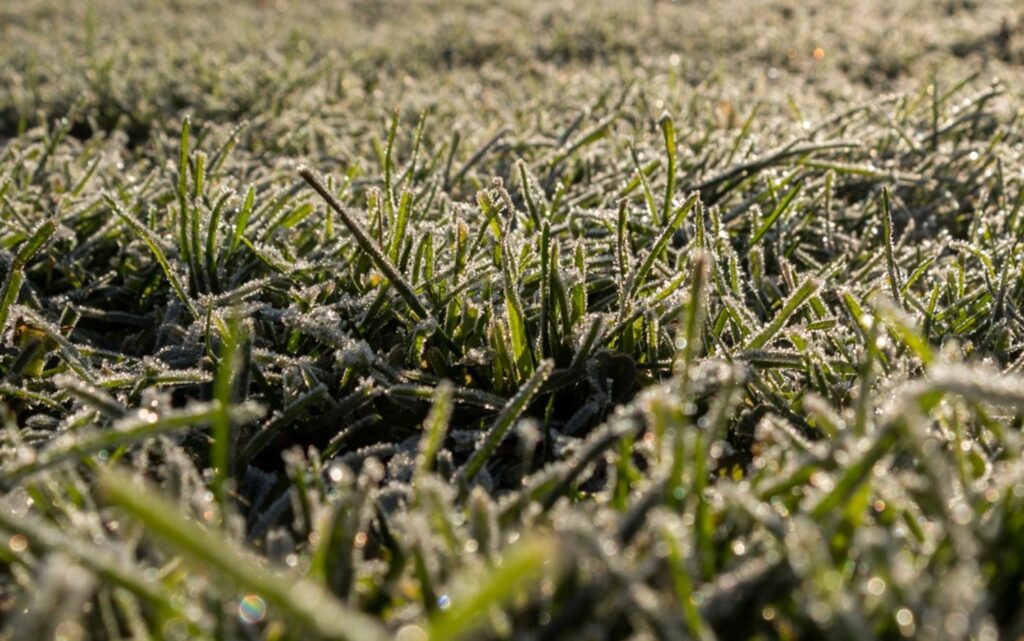
A large portion of damage noted to be caused by frost, is actually not icing or the cold temperatures itself causing the damage but bacteria living on the plants’ surface. These bacteria release a protein and it is this protein that is causing the damage to the plant during periods where the temperature drops drastically. These “bad” bacteria are ice-nucleating bacteria, like Pseudomonas syringae, whereas Pseudomonas fluorescens is non-ice nucleating.
Pseudomonas fluorescens, when applied as a foliar spray, colonises the plants surfaces and out-competes these “bad” bacteria, removing it from the plants surface, inferring frost resistance.
P.fluorescens also produces antibiotics as secondary metabolites, assisting with reducing soil borne diseases and can assist with preventing infection of already damaged tissue.
This microbe has been researched nationally and internationally for its potential in reducing soil borne pathogens and frost protection, with up to 80% reduction in frost damage (-4⁰C temperatures) and 25-45% increases in yield being reported for numerous crops across many regions in Australia and World-Wide.
Pseudomonas fluorescens is the active constituent in our Squadron product. Get in touch to find out more.
